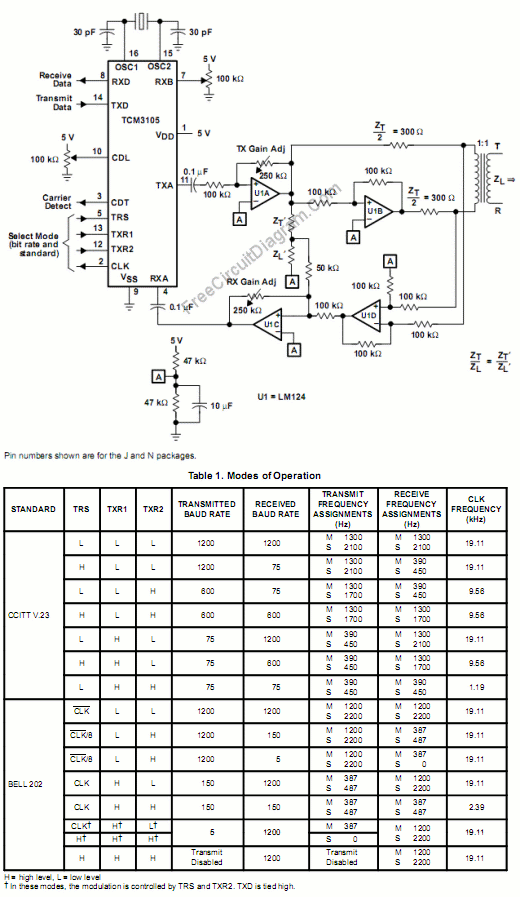
555 LED Flasher Circuit

This is a compact LED flasher circuit designed using the 555 timer integrated circuit (IC), powered by two 1.5V batteries. The circuit can function as a flashing metronome, dark room timer, reminder, or for other similar applications. In the configuration shown in Figure 1, the LED is illuminated for a brief interval and then turned off for a longer duration. The duty cycle can be altered by connecting the LED as illustrated in Figure 2; however, this will result in increased battery consumption since the LED will remain on for an extended period. For a variable flash rate, as depicted in Figure 3, the 220kΩ potentiometer can be replaced with a 220kΩ resistor in series with a 22kΩ resistor. This constitutes a straightforward 555 LED flasher circuit.
The 555 timer IC is configured in astable mode, allowing it to operate as a pulse generator. The circuit consists of several key components: the 555 timer IC, resistors, a potentiometer for adjusting the flash rate, and an LED. The two 1.5V batteries provide the necessary power supply, ensuring the circuit operates efficiently with minimal voltage drop.
In the basic configuration, the timing intervals are determined by the resistors and the capacitor connected to the 555 timer. The charging and discharging of the capacitor set the duration for which the LED remains on and off. By adjusting the potentiometer, the user can modify the resistance, thereby changing the timing intervals and achieving different flashing rates.
When the LED is connected as shown in Figure 2, the circuit operates with a longer ON time and shorter OFF time, which may be suitable for applications requiring a more prominent visual indication. However, this configuration leads to higher current draw, which can affect battery life.
In Figure 3, the introduction of a 22kΩ resistor in series with the 220kΩ potentiometer allows for a wider range of flash rates, providing versatility in the circuit's applications. This adjustment enables the user to fine-tune the timing characteristics according to specific needs, making it suitable for various projects where visual signaling is required.
Overall, this LED flasher circuit using the 555 timer IC is a simple yet effective solution for creating timed visual alerts in various applications, with the added benefit of adjustable timing through the use of resistors and a potentiometer.This is a small size led flasher built with the 555 timer IC that is powered from 2 x 1. 5V batteries. The circuit can be used as a flashing metronome, dark room timer, memo-reminder or other similar applications. In figure 1 the LED will be ON for a short period of time and OFF for a longer period. The duty cycle can be reversed if the LED is conn ected as shown in figure 2 but the battery consumption will also increase due to the fact that the LED will stay ON for a longer period of time. in figure 3 for a variable flash rate, replace the 220k pot with a 220k in series with a 22k resistor.
And that is a simple 555 led flasher circuit. 🔗 External reference
The 555 timer IC is configured in astable mode, allowing it to operate as a pulse generator. The circuit consists of several key components: the 555 timer IC, resistors, a potentiometer for adjusting the flash rate, and an LED. The two 1.5V batteries provide the necessary power supply, ensuring the circuit operates efficiently with minimal voltage drop.
In the basic configuration, the timing intervals are determined by the resistors and the capacitor connected to the 555 timer. The charging and discharging of the capacitor set the duration for which the LED remains on and off. By adjusting the potentiometer, the user can modify the resistance, thereby changing the timing intervals and achieving different flashing rates.
When the LED is connected as shown in Figure 2, the circuit operates with a longer ON time and shorter OFF time, which may be suitable for applications requiring a more prominent visual indication. However, this configuration leads to higher current draw, which can affect battery life.
In Figure 3, the introduction of a 22kΩ resistor in series with the 220kΩ potentiometer allows for a wider range of flash rates, providing versatility in the circuit's applications. This adjustment enables the user to fine-tune the timing characteristics according to specific needs, making it suitable for various projects where visual signaling is required.
Overall, this LED flasher circuit using the 555 timer IC is a simple yet effective solution for creating timed visual alerts in various applications, with the added benefit of adjustable timing through the use of resistors and a potentiometer.This is a small size led flasher built with the 555 timer IC that is powered from 2 x 1. 5V batteries. The circuit can be used as a flashing metronome, dark room timer, memo-reminder or other similar applications. In figure 1 the LED will be ON for a short period of time and OFF for a longer period. The duty cycle can be reversed if the LED is conn ected as shown in figure 2 but the battery consumption will also increase due to the fact that the LED will stay ON for a longer period of time. in figure 3 for a variable flash rate, replace the 220k pot with a 220k in series with a 22k resistor.
And that is a simple 555 led flasher circuit. 🔗 External reference
Warning: include(partials/cookie-banner.php): Failed to open stream: Permission denied in /var/www/html/nextgr/view-circuit.php on line 713
Warning: include(): Failed opening 'partials/cookie-banner.php' for inclusion (include_path='.:/usr/share/php') in /var/www/html/nextgr/view-circuit.php on line 713





